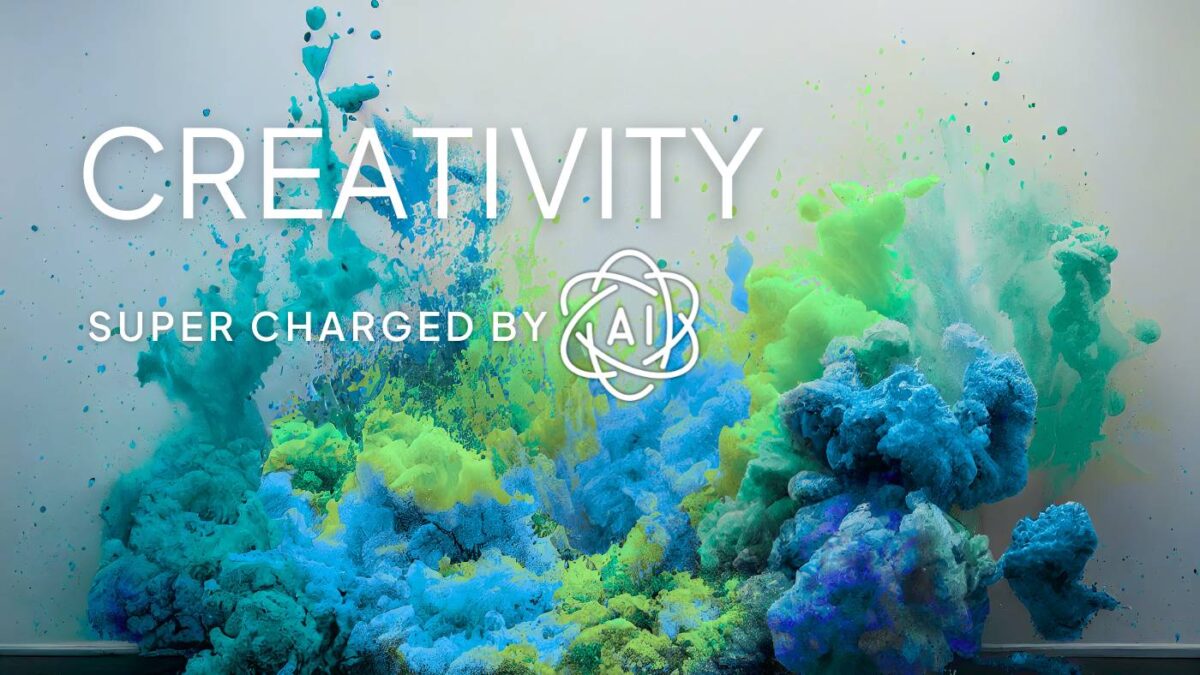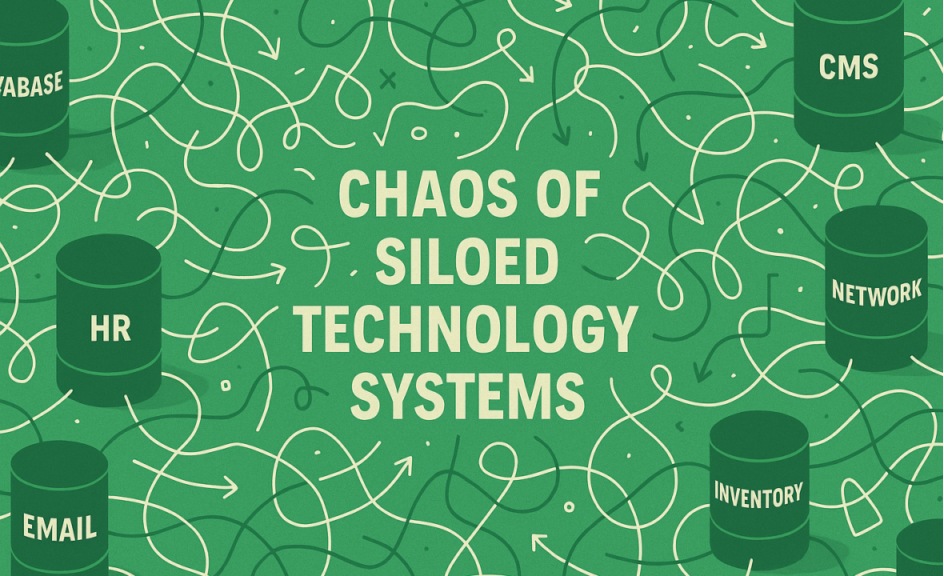I haven’t been writing much lately.
But I’ve been building.
Over the past six months, I’ve been heads-down rethinking our entire business through the lens of Generative AI. Not hypotheticals. Not slideware. Actual workflows, strategy, code, delivery.
Writing’s always been a passion of mine. But my real obsession has always been this:
How can we use technology to do things better, faster, smarter than before?
The bigger the impact, the more lit up I get. And AI?
It’s the most transformative shift I’ve seen in my entire career.
Creative Thinking Doesn’t Always Land—Until it Does
I’ve always had a knack for looking at problems differently—and not always in ways people immediately understand. I’ve said things in rooms that earned more WTF stares than nods. Like the time I told a group of execs their Salesforce implementation wasn’t working because it ignored how Marc Benioff actually designed the platform to be used.
Didn’t land. But I wasn’t wrong.
That same pattern of pushing boundaries is what led me to average 10 patent filings a year at IBM. It’s what pushed me into mobile. Then into Salesforce and MuleSoft. And now?
Generative AI.
Love at First Prompt
So The first time I opened ChatGPT, I didn’t give it a sophisticated prompt. I just poked at it. And I immediately knew:
This wasn’t like anything I’d touched before.
Unlike traditional Machine Learning (ML) models or Salesforce Einstein, it didn’t need perfectly structured data. It didn’t need months of training cycles.
It just… knew.
It could reason. It could write. It could follow your thinking and even challenge it when needed. With the right context, it could co-create.
AI isn’t replacing creativity—it’s accelerating it.
Since then, it’s helped me do just about everything better:
- Strategize faster
- Write cleaner
- Pitch sharper
- Rethink delivery entirely
It’s like having an infinite brainstorm partner that never gets tired, never loses context, and never asks for a meeting.
Clearing Bottlenecks at the Speed of Thought
As a founder, my most limited resource isn’t money. It’s time.
Before AI, the thinking part—the storytelling, the big-picture planning—was the bottleneck. Not anymore. I’m shipping ideas faster, experimenting more freely, and scaling myself into parts of the business I never had the bandwidth to touch.
No other invention I’ve seen has unlocked that kind of leverage. Period.
We’ve Been Building Toward This for a While
People assume this all started when AI became the hot new thing. It didn’t.
At Green Irony, we’ve been building toward this moment for years:
📎 In It’s Groundhog Day, I warned that companies would trip over their own systems just like they did during the digital transformation wave—because integration was an afterthought.
📎 In AI-Enabled Applicant Screening, we showed how to combine OpenAI and MuleSoft to streamline real-time HR decisions.
📎 In AI Readiness and Mobile, I drew a straight line from mobile disruption to what’s coming now.
These weren’t side projects.
They were signs of what was coming.
We didn’t just start talking about AI when it hit the news—we were already shipping.
The Reinvention Is Here
This isn’t just a pivot. It’s a total reinvention.
We’re rebuilding how we deliver value. How we structure teams. How we partner with clients. Everything we touch now runs through the question:
“How can intelligent agents work alongside humans to 10x impact?”
And we’re starting to see answers.
You’ll hear more soon—about new offerings, smarter systems, and customer stories that show what happens when you fuse execution with intelligence.
We’re not just watching this wave.
We’re riding it.
And we’re inviting our clients and partners to do it with us.



